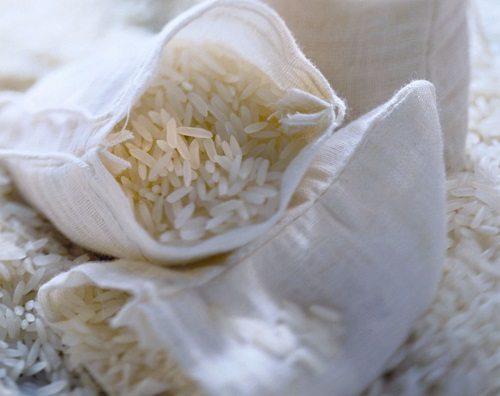According to Kaun’s The Flavor Pyramid and its six levels, flavor is broken down into six essential areas: emotional perceptions, visual appearance, aroma, texture, sensations and basic tastes.
The author’s argument is that the more of these levels being included in a food or drink, “the more complex and satisfying the flavor will be”.
One area within this pyramid of flavor that has a dramatic impact on food products is texture, says Beneo.
This counts particularly for the confectionery, dairy, bakery and cereals categories.
The crispiness, crunchiness, softness, smoothness or creaminess of a product will determine the sensation that is created within the mouth and will contribute to the overall flavor of the product either negatively or positively.
Consumers often deduce the overall satisfaction they get out of food products through the quality of their textures.
This is why food manufacturers these days not only aim to impress consumers with taste but they also pay special attention to texture.
Seeing rice in a different light
Specialty rice ingredients, such as rice flours or rice starches are naturally sourced functional ingredients.
They have a neutral taste and are light in colour.
Beneo’s non-genetically modified organism rice ingredients for example improve crunchiness and crispiness or alternatively create creaminess and a fatty mouthfeel.
Additionally they help to increase shelf life or prevent moisture migration in baked goods.
For instance, replacing about 3-6% of wheat flour with rice starch in a biscuit recipe can help achieve significant results in texture, such as brittleness and crunchiness.
Crispy, crunchy baked goods, cereals
Consumers in Asia Pacific are increasingly looking for easy-to-consume food as they lead busier and more hectic lifestyles.
Traditionally, cornmeal can be found in many of these on-the-go foods such as bread and pastry.
While cornmeal is low in cost and offers good taste as an ingredient, it fares poorly in the area of food texture.
One common complaint is that cornmeal sticks to teeth and gums due to its coarse pore structure and slow water absorption.
Using rice flour or rice starch instead of cornmeal for instance, will give snacks a smooth surface and a good ‘crunch’ since rice ingredients are able to deliver a fine and equal creation of pores. Additionally, as they are also able to absorb water better, snacks can be consumed easily without sticking to teeth or gums.
Furthermore, cereal manufacturers face the challenge of maintaining the products’ crunchiness when added to milk or other liquids.
Consumers are disappointed if their cereals become soft and slushy in their milk bowl.
Rice ingredients, such as Beneo’s rice bran and rice flours can be used to slow down water absorption and ensure cereals remain crunchy for a longer period of time.
In extruded breakfast cereals, rice flours help to control the porosity of expanded products and enhance crispiness.
Further to that, Beneo’s rice bran adds fibers and micronutrients while improving crunchiness of breakfast cereals.
Other challenging areas of texturizing include gluten-free baked goods and cereals.
Due to the lack of gluten in recipes, gluten-free baked goods’ formulations have the tendency to become dry or bland and in the worst cases, powdery and badly textured.
Creamy, smooth dairy and confectionery
Fat-reduced, Greek-style yoghurts are gaining popularity among consumers who are increasingly making healthier food choices.
For many manufacturers, rice starches are one of the preferred ingredients for fat-reduced dairy solutions.
The small granule size of rice starch gives fat-reduced products an appealing creamy texture and, at the same time, offers a full-bodied mouthfeel similar to full-fat equivalents.
It also offers a good melting behavior in the mouth due to its unique gelatinization properties.
In the confectionery market, manufacturers are also tapping on clean-label rice ingredients to deliver solutions in terms of smoothness, stability, and appearance.
Rice starches enable optimal confectionery coatings because of their very small and very white starch granules that are much smaller and whiter than the starch granules of corn or potato.
This way they smoothen the rough surface of confectionery centers and allow for a very white and stable appearance.
In achieving a bright white coating in sugar coated confectionery, responsible industry players have also replaced titanium dioxide with clean-label rice starch, where the former is commonly associated with possible carcinogenic effects.










